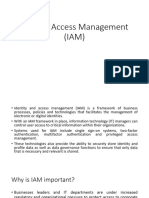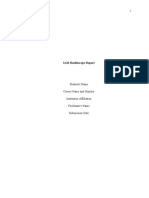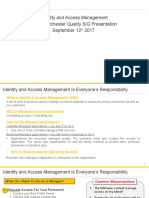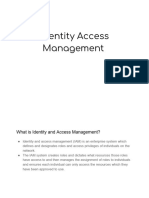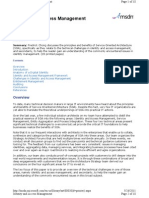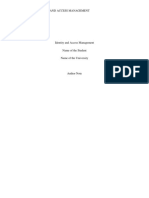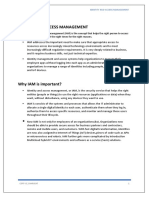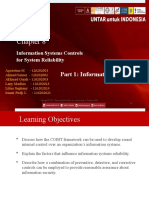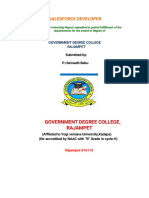0% found this document useful (0 votes)
50 views26 pagesIAM Introduction
IAM is a comprehensive framework that ensures the right individuals have appropriate access to resources through policies, processes, technologies and tools. It aims to facilitate secure interactions while safeguarding information. IAM plays a critical role in modern organizations by protecting sensitive data and resources from cyber threats as digital transformation and cloud adoption increase these risks. Key IAM objectives include enhancing security, centralizing access control, enabling regulatory compliance, and mitigating risks.
Uploaded by
Nishant TomarCopyright
© © All Rights Reserved
We take content rights seriously. If you suspect this is your content, claim it here.
Available Formats
Download as PDF, TXT or read online on Scribd
0% found this document useful (0 votes)
50 views26 pagesIAM Introduction
IAM is a comprehensive framework that ensures the right individuals have appropriate access to resources through policies, processes, technologies and tools. It aims to facilitate secure interactions while safeguarding information. IAM plays a critical role in modern organizations by protecting sensitive data and resources from cyber threats as digital transformation and cloud adoption increase these risks. Key IAM objectives include enhancing security, centralizing access control, enabling regulatory compliance, and mitigating risks.
Uploaded by
Nishant TomarCopyright
© © All Rights Reserved
We take content rights seriously. If you suspect this is your content, claim it here.
Available Formats
Download as PDF, TXT or read online on Scribd
/ 26







